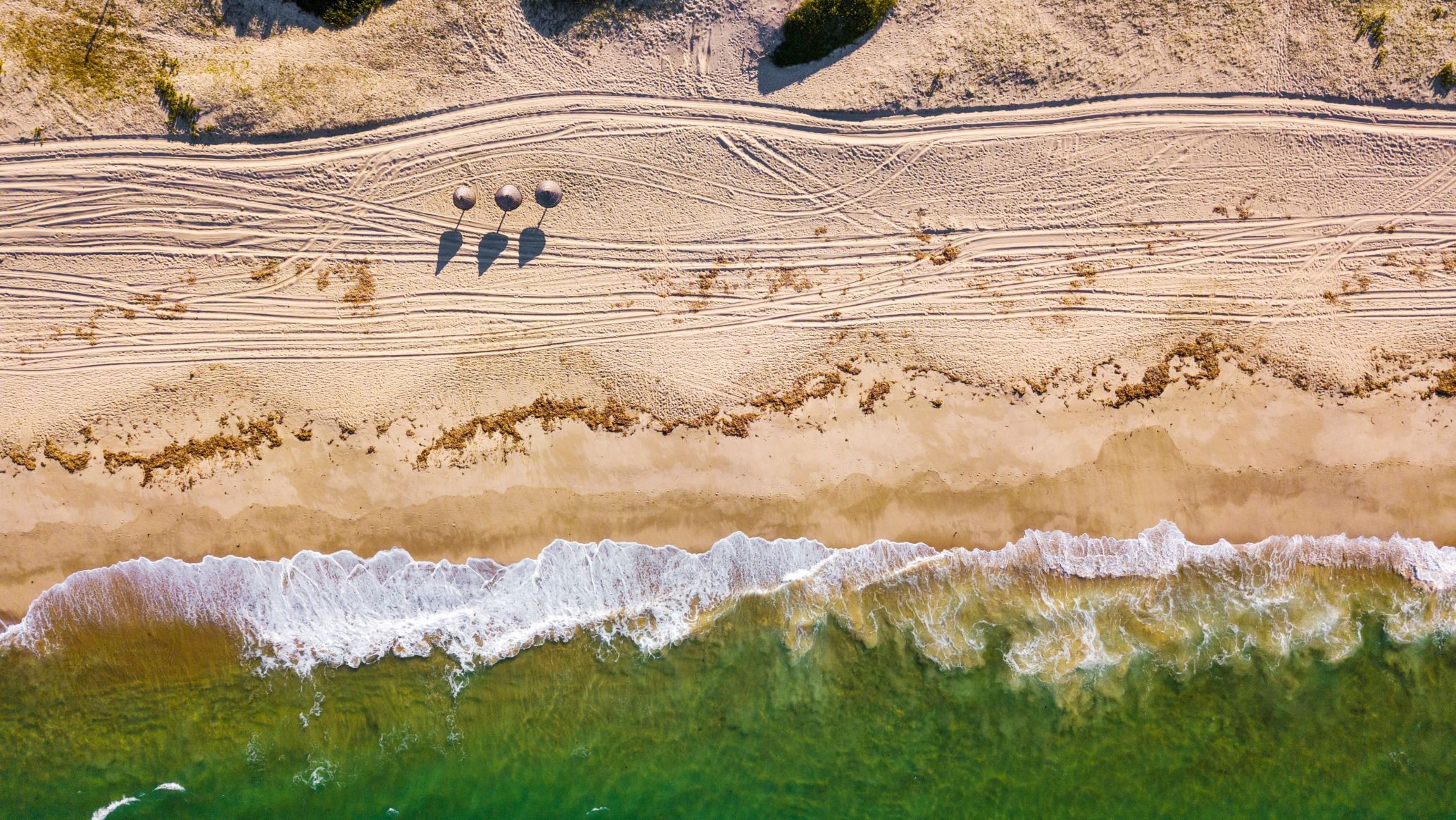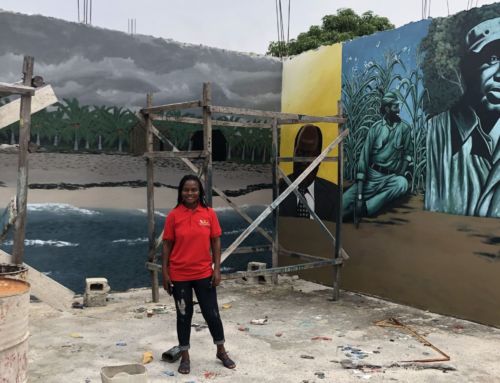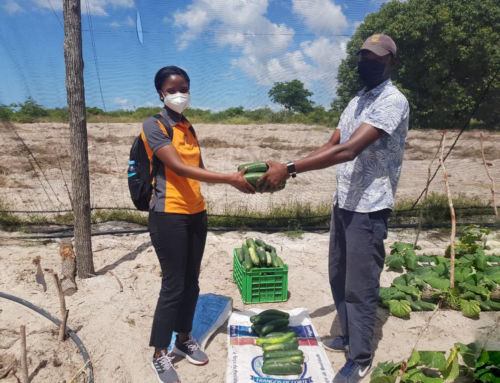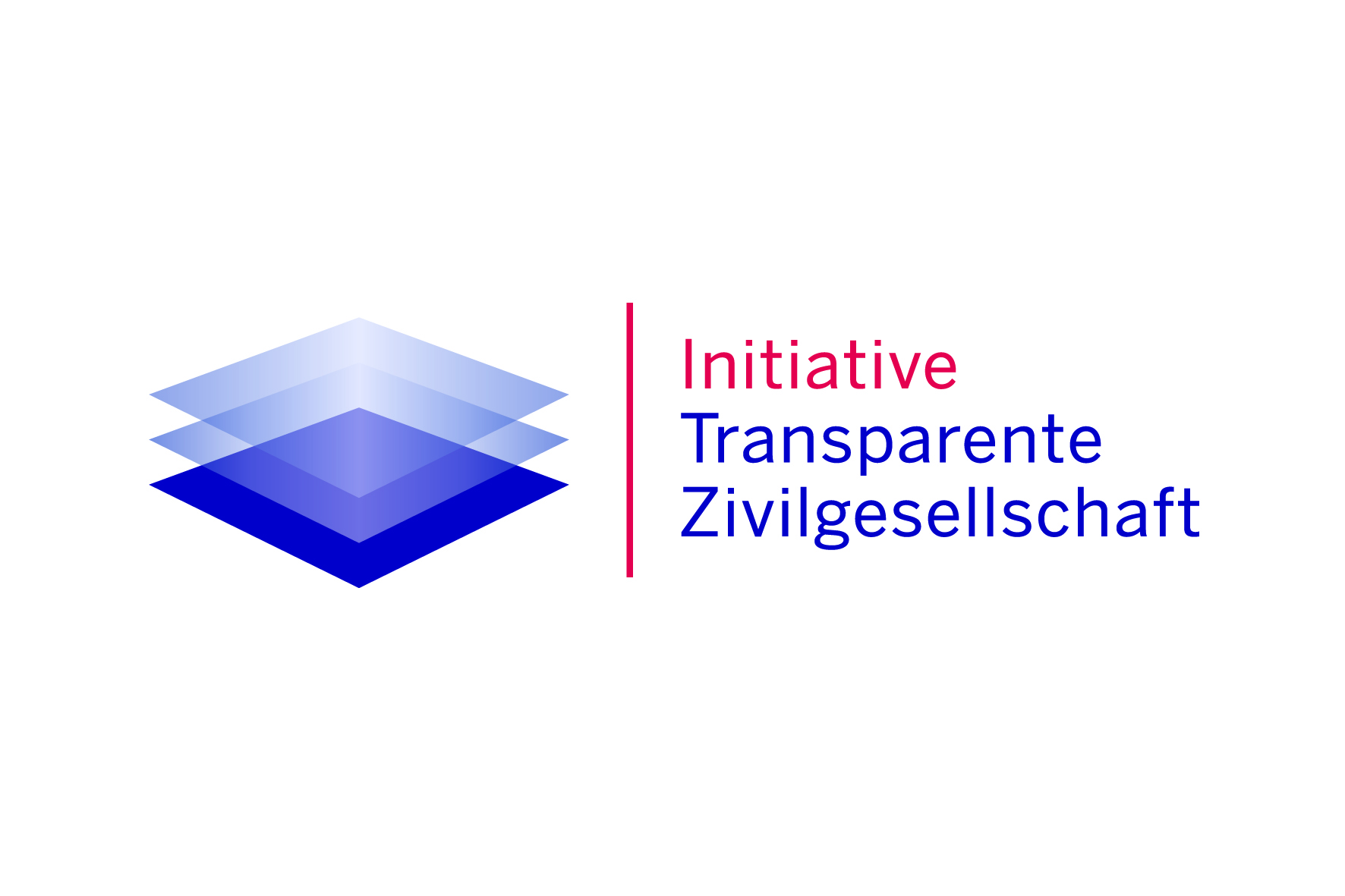Mozambique is almost untouched and offers its guests a paradisiacal travel experience. Fantastic beaches, shining coral reefs and natural landscapes: Mozambique is not considered one of the most beautiful countries in the world for nothing.
Expansion of Tourism
More and more foreign tourists are discovering the potential of the natural flora and fauna. It is not surprising that in the mid-2000s, Mozambique was the fastest-growing tourism industry in the world. But the economy also benefits from Mozambique’s beauty. On the one hand, the discovery of a huge gas field off the coast of Mozambique put the East African country in the spotlight. On the other hand, Mozambique is attracting more and more investors. New hotels, restaurants, and bars are being built and opened. As a result, tourism in Mozambique is growing and creating potential jobs for the population.
Improving Education
The Ministry of Education has also done a lot to improve training opportunities for young people. Through the vocational training reform in 2016, the ministry has managed to create a unified structure. With the help of foreign funds, new training facilities have been built and put into operation in recent years. The 15- to 19-year-olds make up a large part of the population and are expected to benefit from the tourism boom.
Tourist Activities in and Around Mozambique
During our trip to Mozambique, we will show you some places that are worth your attention.
Ponta do Ouro
120 km south of Maputo is Ponta do Ouro. The seaside resort can be reached by car from Maputo in less than 2 hours. Ponta do Ouro is translated as “Golden Point” or “Golden Hill” and is an undiscovered paradise for windsurfers and divers.
The best time for surfing is the winter season from June to August. At this time you can look forward to temperatures between 19 – 26°C. Ponta do Ouro is also home to a dolphin conservation project, Dolphin Care Africa (DCA). It is one of the few African initiatives dedicated to the protection of the marine environment.
Maputo National Park
On the way to Ponta do Ouro, one passes through Maputo National Park, also known as Elephant Park. It is considered one of the most impressive nature reserves in South Africa. Besides elephants, zebras, giraffes, crocodiles, and hippos can be seen here.
Quirimbas Archipelago
The Quirimbas Archipelago consists of 32 islands and is located in the north of Mozambique, in the province of Cabo Delgado. They stretch over 100 km along the coast and are a dream for diving and snorkeling. The best times to visit are from May to November.
Bazaruto Archipelago
In the south of the country, you can see the Bazaruto Archipelago. It is located north of Maputo, in the province of Inhambane. With its many dunes, this is a great place to try sandboarding.
Bazaruto Island
Unspoiled nature, miles of sandy beaches, azure waters – Bazaruto has not declared a Marine National Park for anything. If you dive or snorkel, you can discover the marine wonders and spectacular coral reefs in the warm waters of the Mozambique coast. More than 160 species of fish live in this area, not to mention the rare dugong, the fork-tailed season. Moreover, the kingfish (officer’s perch), manta rays, and five different species of dolphins can be observed here in their natural environment.
Sightseeing in Maputo
If you are interested in history, you can visit museums in the capital Maputo and see the old buildings from colonial times. Also recommended is a visit to the arts and crafts fair in Maputo, the FEIMA. There, handicrafts such as paintings, masks, wooden figures, bags, and small souvenirs are offered for sale. Our tip: Always negotiate the price in Mozambique.
After a long walk through the city, the numerous restaurants and bars invite you to enjoy the local cuisine.
Mozambique as a Melting Pot of Different Influences
Despite the European, African and Asian influences, Mozambique has managed to retain its character. Numerous Europeans, including many Portuguese, have emigrated to Mozambique and now call the country home. Their education and technical skills are urgently needed here, as they are often not available among the local population. Popular fields include construction and mechanical engineering.









